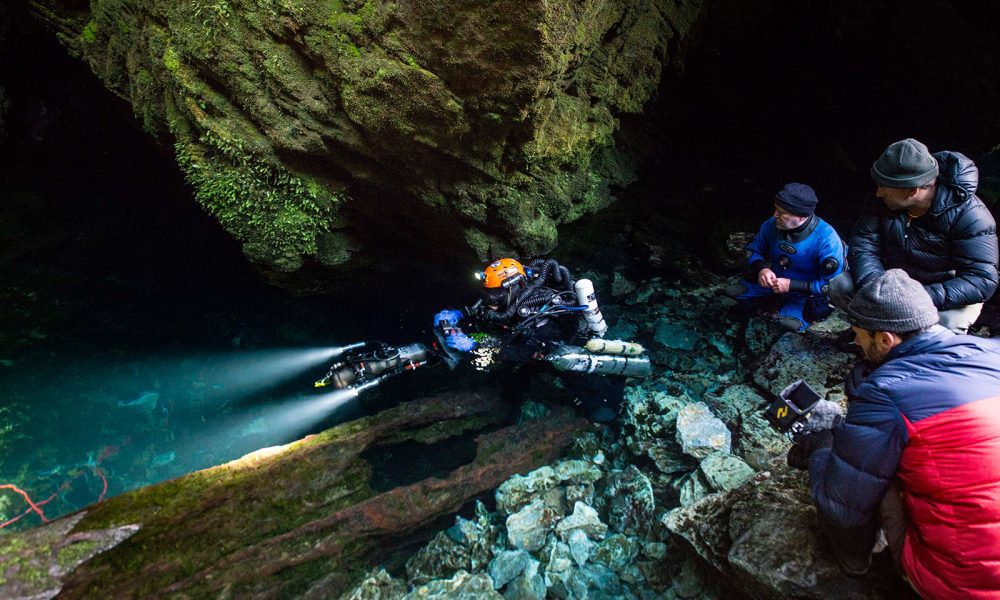Simon Mitchell takes us back to New Zealand's Pearse Resurgence with Richard “Harry” Harris & the Wet Mules. Really interesting physiological & logistics/gear details.
~250 meters, 16 hours, 6°C…
"In February 2020 the Wet Mules diving team pushed the Pearse Resurgence cave to 245m. Further progress required overcoming the high-pressure neurological syndrome [HPNS] and reducing respired gas density. The solution to both problems would be a light and slightly narcotic gas; properties possessed by hydrogen. In February 2023 the team successfully tested hydrogen in a rebreather dive to 230m. This presentation is the story of that adventure."
~250 meters, 16 hours, 6°C…
"In February 2020 the Wet Mules diving team pushed the Pearse Resurgence cave to 245m. Further progress required overcoming the high-pressure neurological syndrome [HPNS] and reducing respired gas density. The solution to both problems would be a light and slightly narcotic gas; properties possessed by hydrogen. In February 2023 the team successfully tested hydrogen in a rebreather dive to 230m. This presentation is the story of that adventure."






